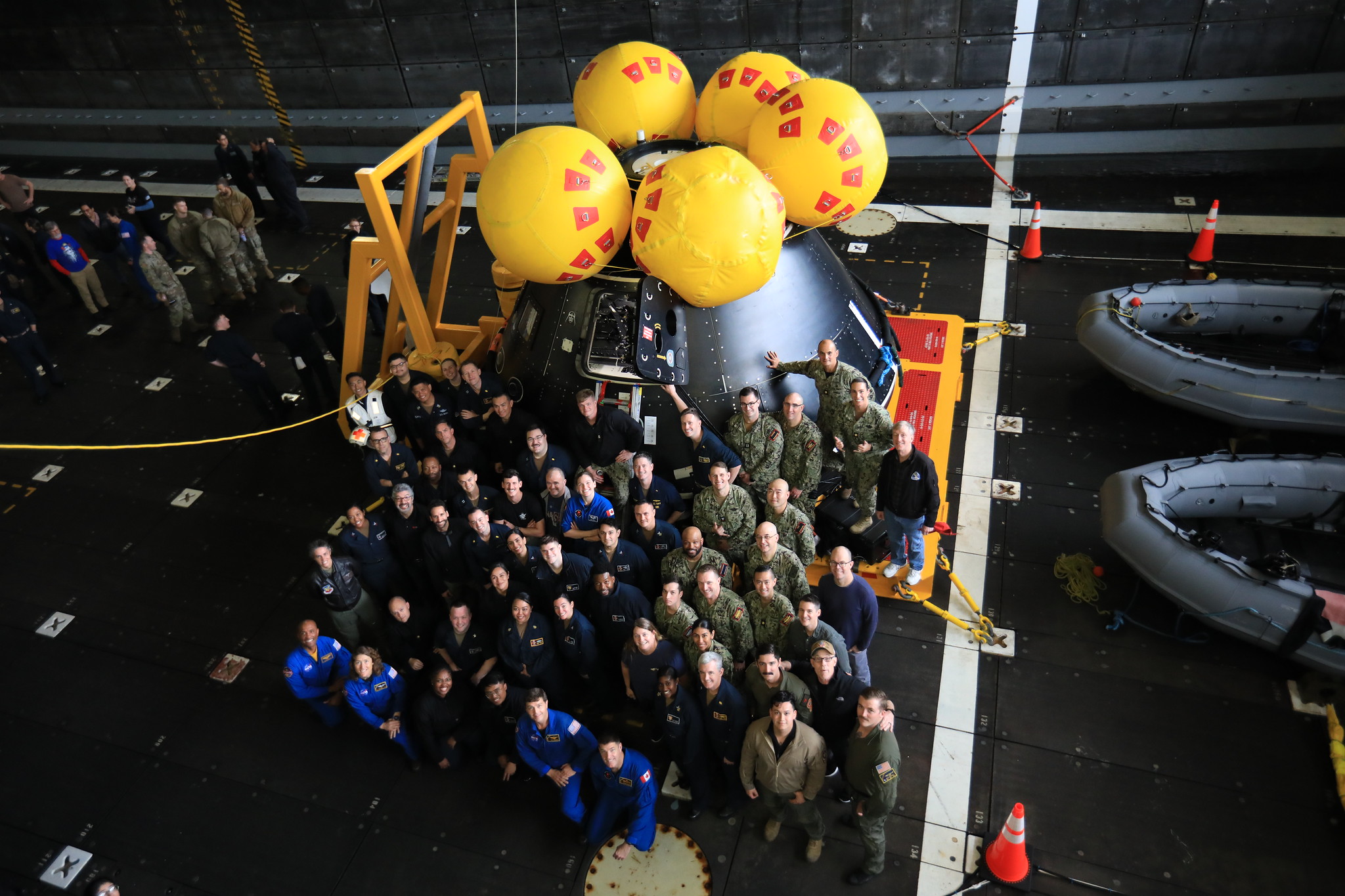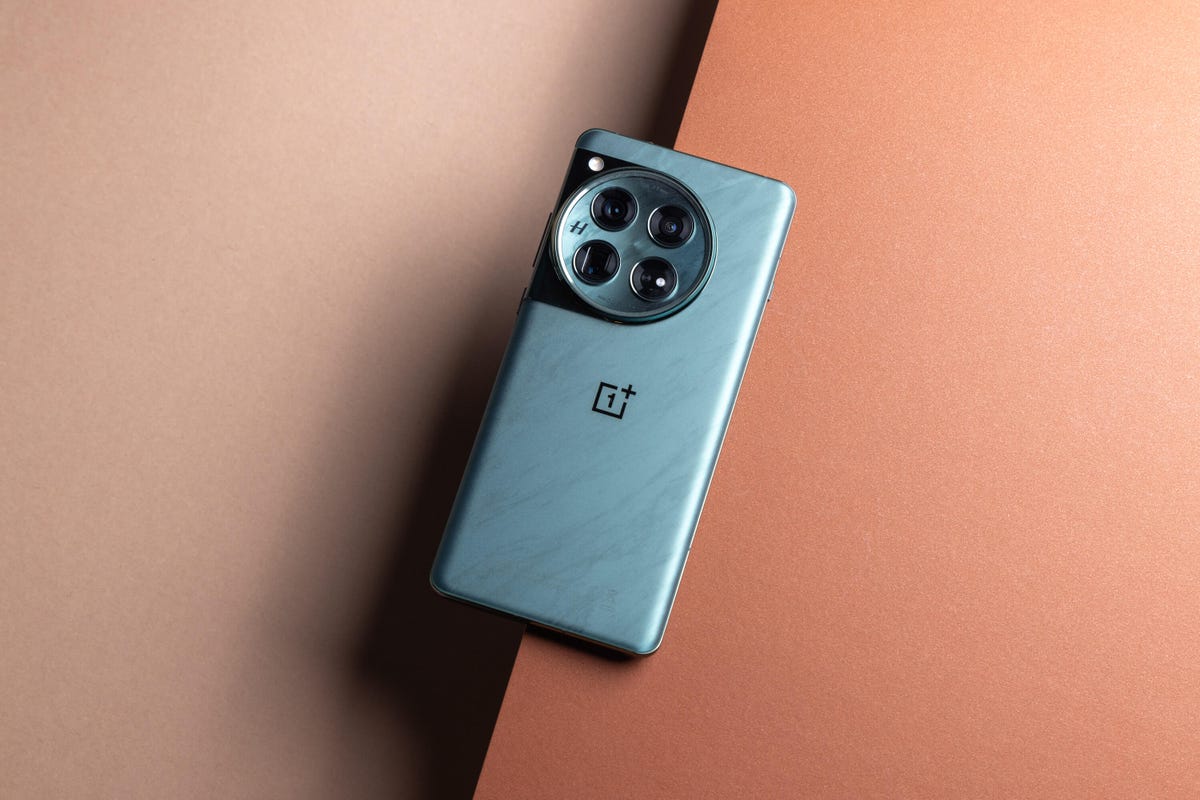
NASA studying issues with Orion hatch design
Article Summary
This article discusses NASA’s study of issues with the design of the side hatch of the Orion spacecraft, which could potentially impact its ability to be opened in contingency situations. The Aerospace Safety Advisory Panel (ASAP) has been monitoring these concerns, particularly focusing on the hatch design for the Orion capsule. Additionally, it covers the ongoing investigation into the erosion of heat shield material during the Artemis 1 mission and the implications for future crewed missions.
What’s going on here?
NASA is currently investigating issues related to the design of the side hatch of the Orion spacecraft that could impact its operability during off-nominal situations. The Aerospace Safety Advisory Panel has been closely monitoring these concerns, looking into the capability of the hatch to be opened in various pressure scenarios. Additionally, there is an ongoing study on the erosion of heat shield material during Orion’s reentry on the Artemis 1 mission, with implications for future missions like Artemis 2.
What does this mean?
The issues with the Orion spacecraft’s side hatch design and heat shield erosion highlight the importance of ensuring the safety and functionality of key components for crewed space missions. NASA’s thorough investigation and testing processes aim to address these concerns and ensure that the spacecraft meets operational requirements for crew safety and mission success.
Why should I care?
Understanding the challenges faced by NASA in spacecraft design and operation provides valuable insight into the complexities of space exploration and the rigorous safety protocols involved in crewed missions. This ongoing scrutiny and resolution of technical issues demonstrate NASA’s commitment to ensuring the reliability and effectiveness of its spacecraft for future Artemis missions and beyond.
Please note that the images and direct URLs within the original markdown have been preserved in this summary.
For more information, check out the original article here.




